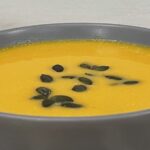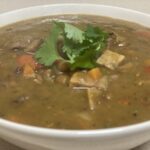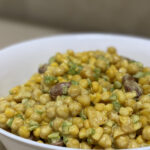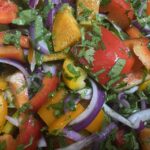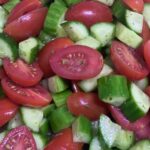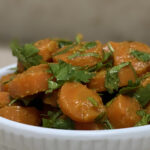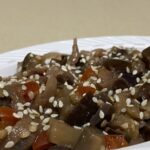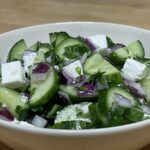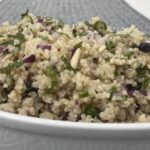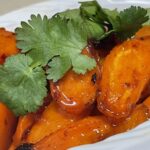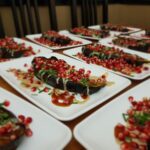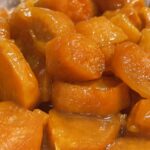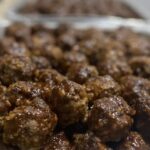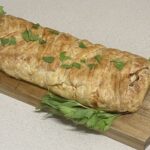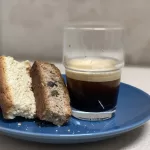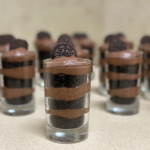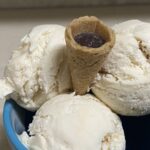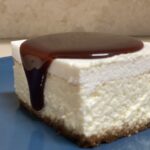 Useful tips in the Kitchen
Useful tips in the Kitchen
1) Saving Challah
On the very unlikely chance of having a whole left over challah, you can place the challah in a freezer safe bag and store it in the freezer until the following week. When you are ready to use it remove it from the freezer and let it thaw. Sprinkle or spray the Challah with water and place into your hot oven for a few minutes. It will taste just like freshly baked challah.
2) Mashed potatoes
Sometimes it is so hard to get all the potatoes mashed let alone get a nice creamy texture to the mashed potatoes.
So next time you need to make mashed potatoes try boiling the potatoes and while they are still hot mash it with an electric egg beater. We don’t do all the potatoes at once but a little by little. You will see how nice and smooth and creamy even the most stubborn potatoes become. We also add butter to our mashed potatoes but recently we added garlic butter to the potatoes as we were mixing them in the mixer and the result was really good.
3) Shredding chicken or beef
We love to use shredded chicken or beef in our breaded pies. When we first started out we used to used a fork to separate the chicken or beef. Later we discovered that if we placed the cooked meat while till hot into an electric egg beater while it was still hot and beat the meat it shredded within minutes. Once again depending on the amount of meat it works best to do it in portions. So easy and fun to do!
4) Garlic Bread
Garlic bread is an absolute winner with just about any meal but especially a “braai”. I always used to hate making it because it was so time consuming and difficult trying to get the butter in between all the slices of the bread. One day Jacques suggested that we use a piping bag to make the process easier and it worked so great.
We like to first whip our butter so that it becomes nice and creamy and then we add salt and crushed garlic (sometimes even pesto or origanum as well). Then we cut the baguette or hotdog rolls into slices but not all the way through, normally about 2cm apart and pipe the butter between the slices using a disposable piping bag. The garlic can effect the taste of any future icing you might pipe if you use a reusable piping bag, this coming from experience. Jacques holds the slices open and I pipe in the butter. What a winner and yet so quick and easy.
For those unfamiliar with this type of garlic bread, after the bread has been buttered it gets wrapped in foil and placed in the oven or grill until you can feel the crust starts to crip a bit.
5) Lasagne with spray and cook
A lot of the time when we bake lasagne it is a bit difficult to get the sides from our baking dish. One time when we were in the process Jacques wondered what would be the result if we first sprayed the sides of the baking dish with spray and cook. So simple but it worked brilliantly. We now never pack our lasagne without first oiling the sides of our baking dish. We also add a bit of Marinara Sauce to the bottom of the dish before laying our first layer of lasagna sheets.
6) Milk or Chicken broth?
Many times we have to boiled chicken for a dish that we are preparing and it is such a shame to just throw the spiced water down the drain. There are other dishes that we make the needs to have chicken broth but no chicken so we decided to start keeping our “chicken broth” for dishes such as these. When we do this we take an empty milk carton or two and wash it out nicely. Once the broth is cooled we pour it into the milk carton but not all the way to the top. We make an X on the cap with a sharpie that way we know it’s chicken broth and not milk. Into the freezer it goes for a later day that it can be used. Milk cartons have an best before date on it so we also not more or less when we froze it and if it’s still good to use. The great thing about this is that you can tear the carton open and out comes your frozen broth.
Cooking with my best friend!
For those of you who have visited us in Beit Chai knows that Jacques and myself work as a team in the kitchen. For all the success that we have had in the kitchen this I think is mostly due to the fact that we can work as one unit together, a team put together by the Father Himself. We celebrate the success of Beit Chai’s kitchen after every meal that has blessed our visitors and know that it is only by the Father’s grace that we can continue in this ministry.
The kitchen is our play ground and if we can play together in harmony and unity then the result is always a success. Some days there is maybe a bit of conflict between us and then we know that we first have to sort out the tention before we can carry on otherwise there will be no blessing.
My personal reward is that I get to cook together with my best friend. I think that this pulls through to most things that we do in life, every minute of our lives should be a ministry unto the Father and we have to make sure that we can walk in peace and unity with each other so that He can rain down His blessing on the works of our hands.
Keep your eyes on this page for more useful tips as we share what we learn.

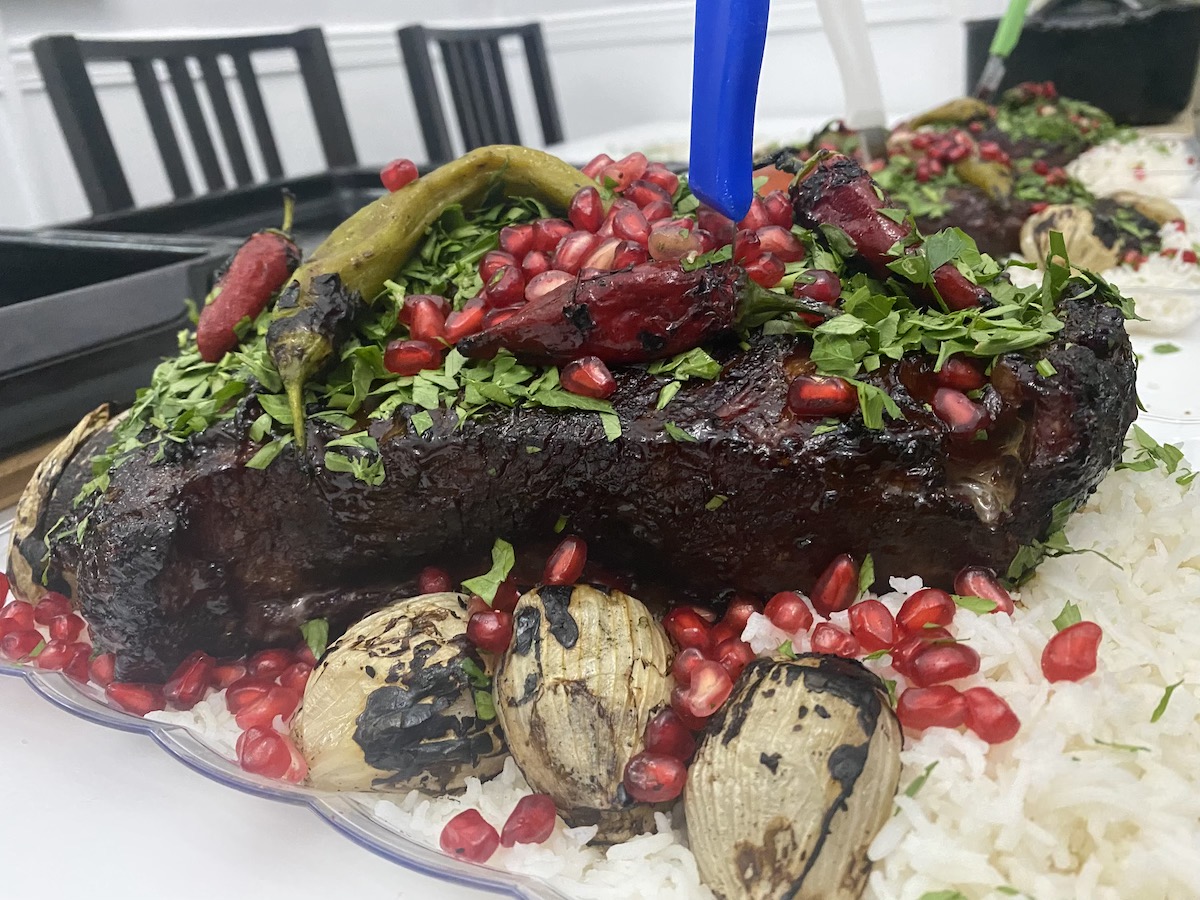
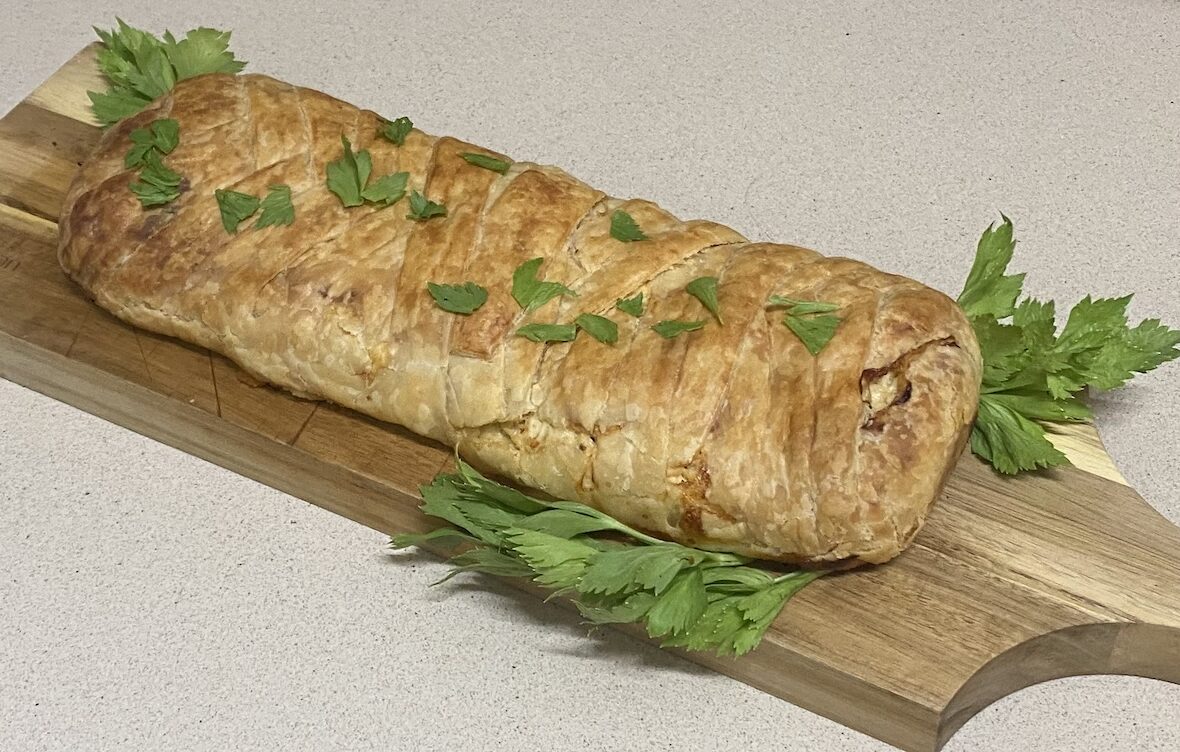
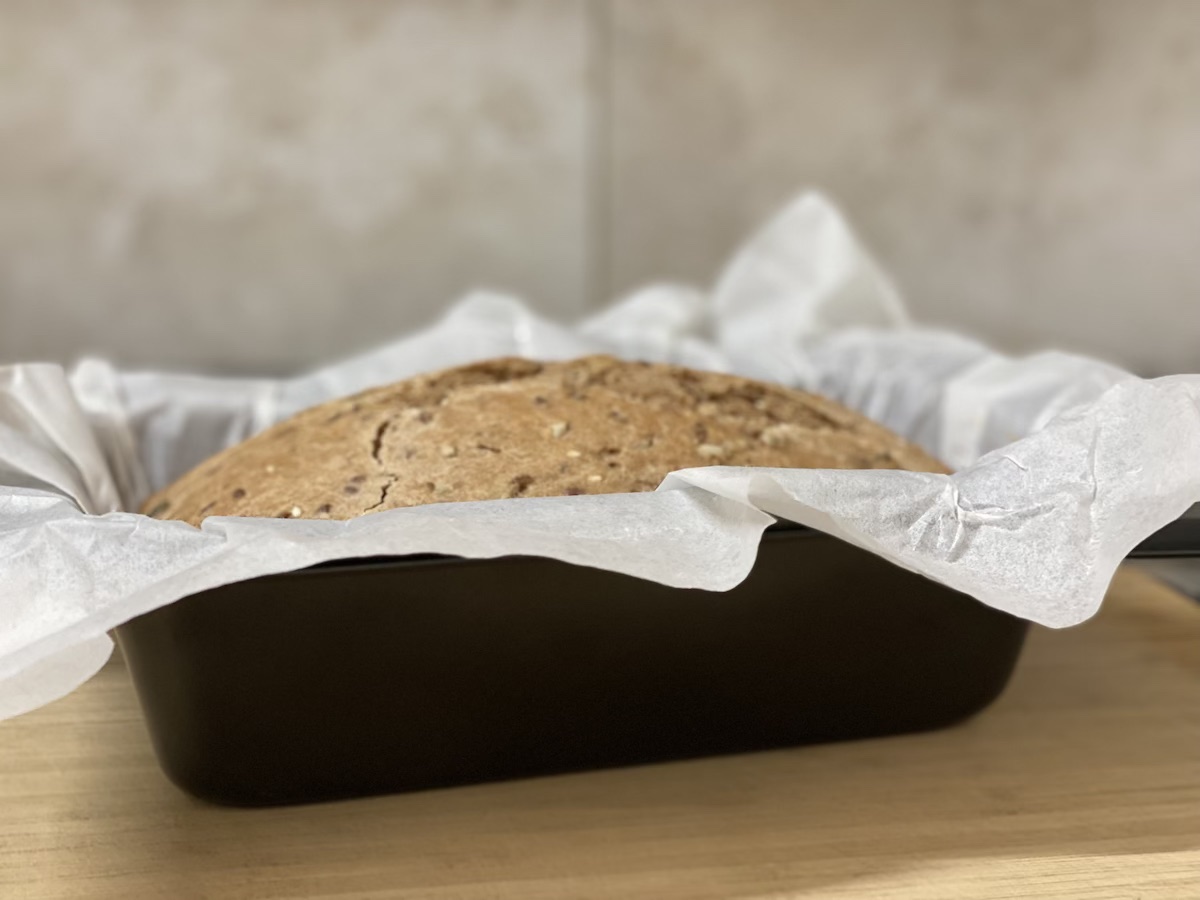
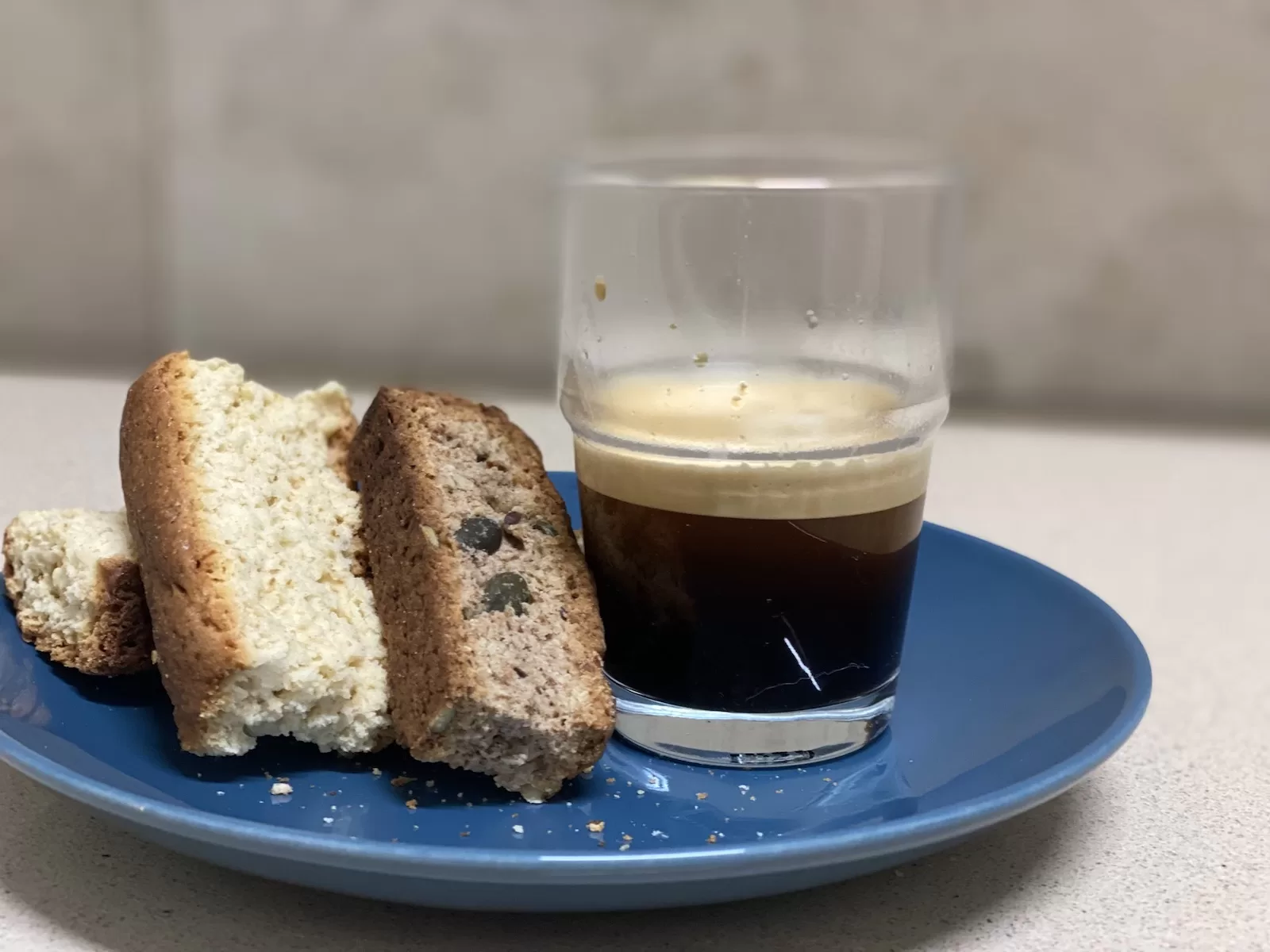


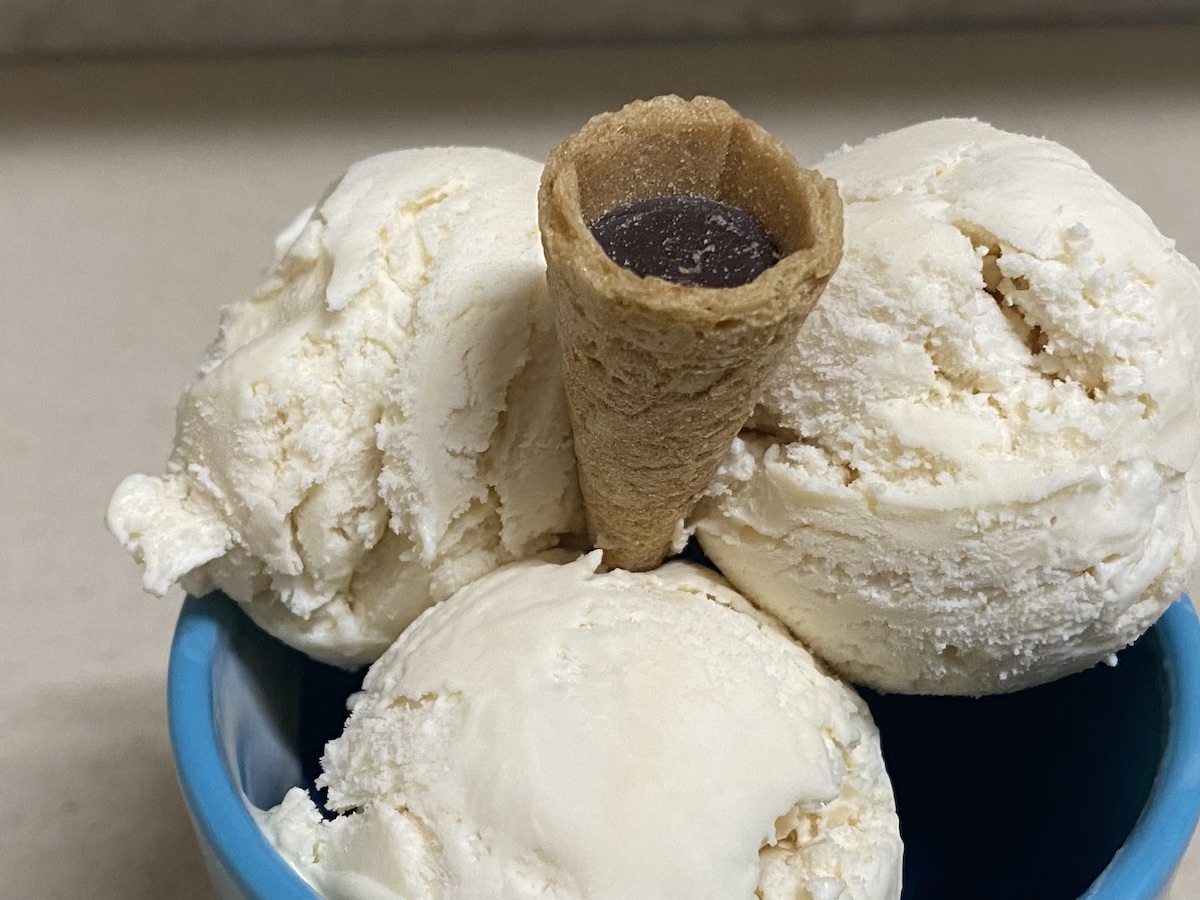

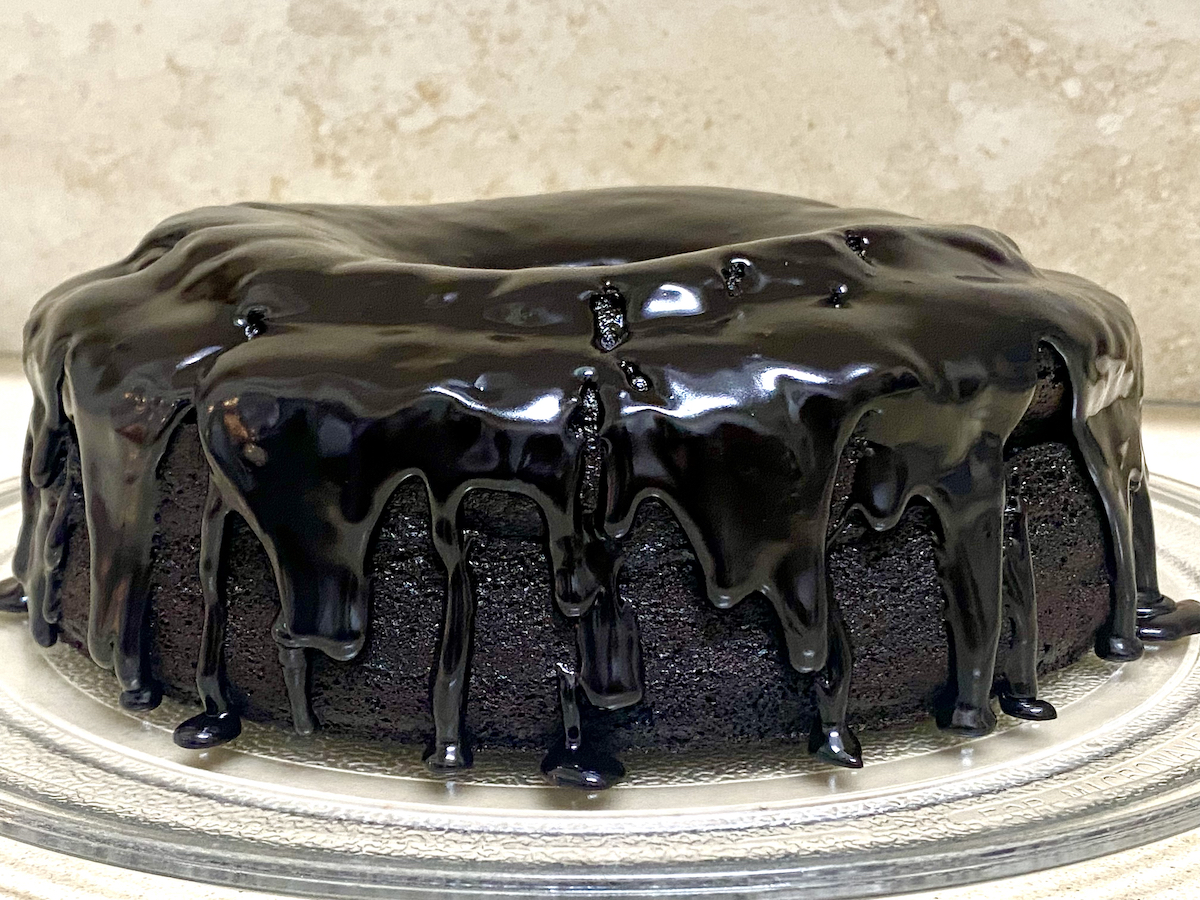
 Useful tips in the Kitchen
Useful tips in the Kitchen
